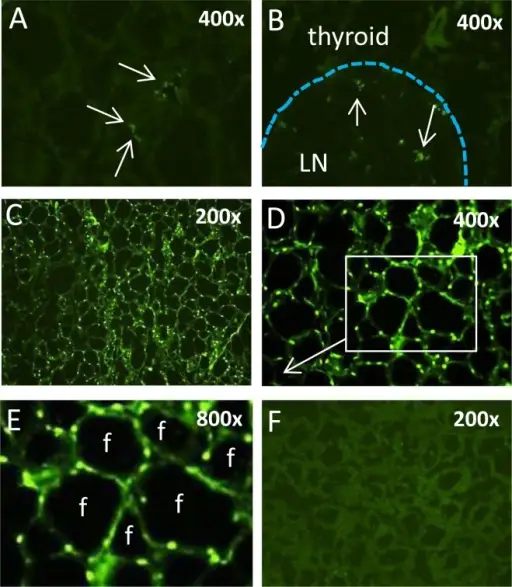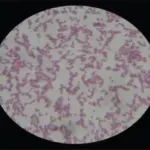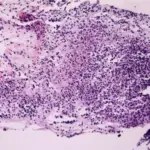Listeriosis bacterial infection is a serious infection usually caused by eating food contaminated with the bacterium Listeria monocytogenes.
What is the Pathology of Listeriosis Bacterial Infection?
The pathology of listeriosis bacterial infection is:
-Etiology: The cause of listeriosis bacterial infection is eating improperly processed meats and unpasteurized milk products.
-Genes involved: Not applicable.
-Pathogenesis: The sequence of events that lead to listeriosis bacterial infection are: the bacteria pass directly from cell to cell by a mechanism involving host cell actin polymerization, and the bacteria penetrate the intestinal wall and then invade neighboring enterocytes by basolateral spread, leading to enteritis.
-Morphology: The morphology associated with listeriosis bacterial infection shows gram-positive, short rods.
-Histology: The histology associated with listeriosis bacterial infection shows mixed acute and chronic inflammatory infiltrate in the dermis including prominent macrophages with intracellular and free coccobacillus.
How does Listeriosis Bacterial Infection Present?
Patients with listeriosis bacterial infection typically are all genders of all ages. The symptoms, features, and clinical findings associated with listeriosis bacterial infection include nausea, diarrhea, chills, muscle aches, and fever.
How is Listeriosis Bacterial Infection Diagnosed?
Listeriosis bacterial infection is diagnosed by laboratory test.
How is Listeriosis Bacterial Infection Treated?
Listeriosis bacterial infection is treated by antibiotics.
What is the Prognosis of Listeriosis Bacterial Infection?
The prognosis of listeriosis bacterial infection is good.



